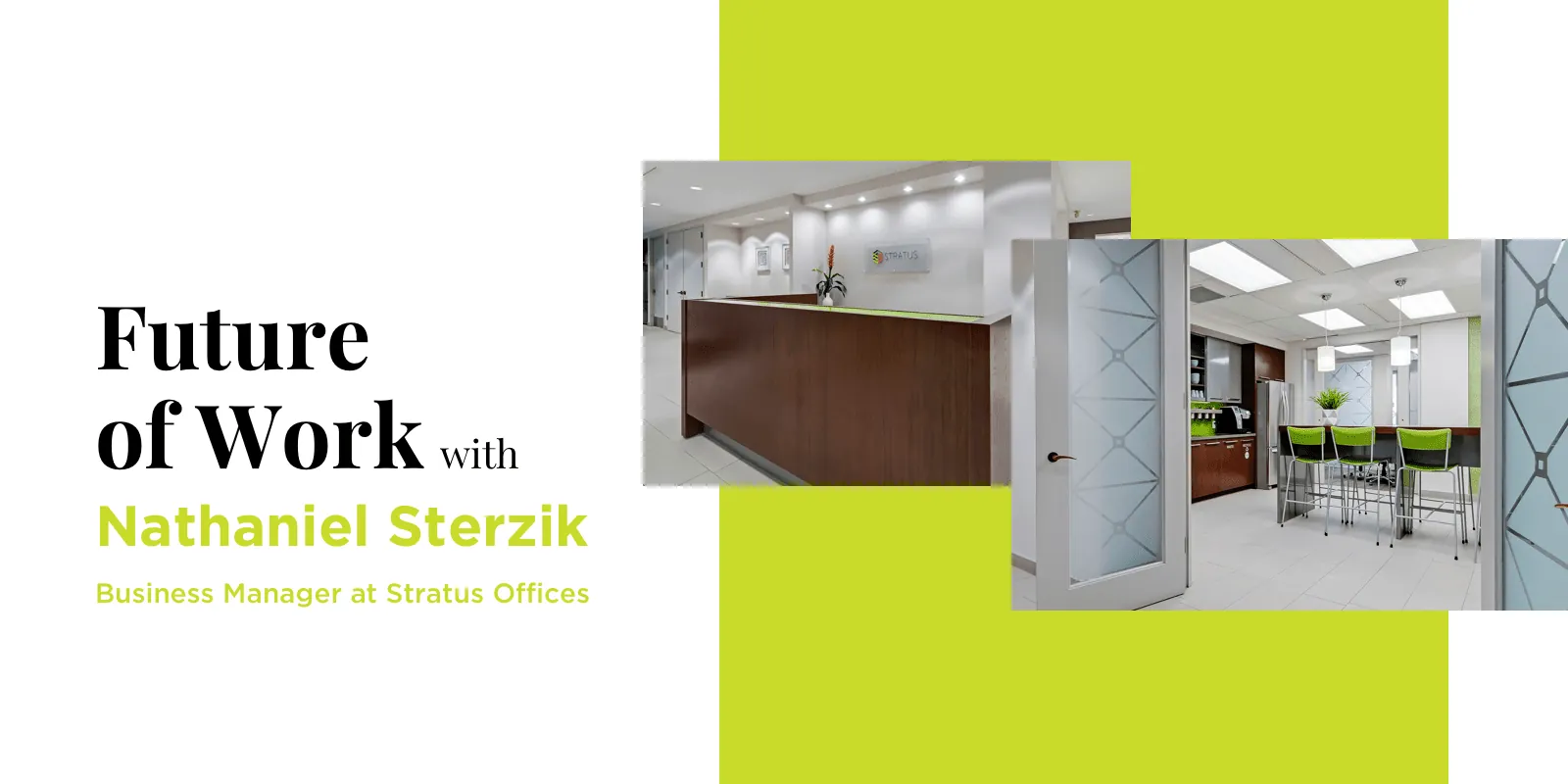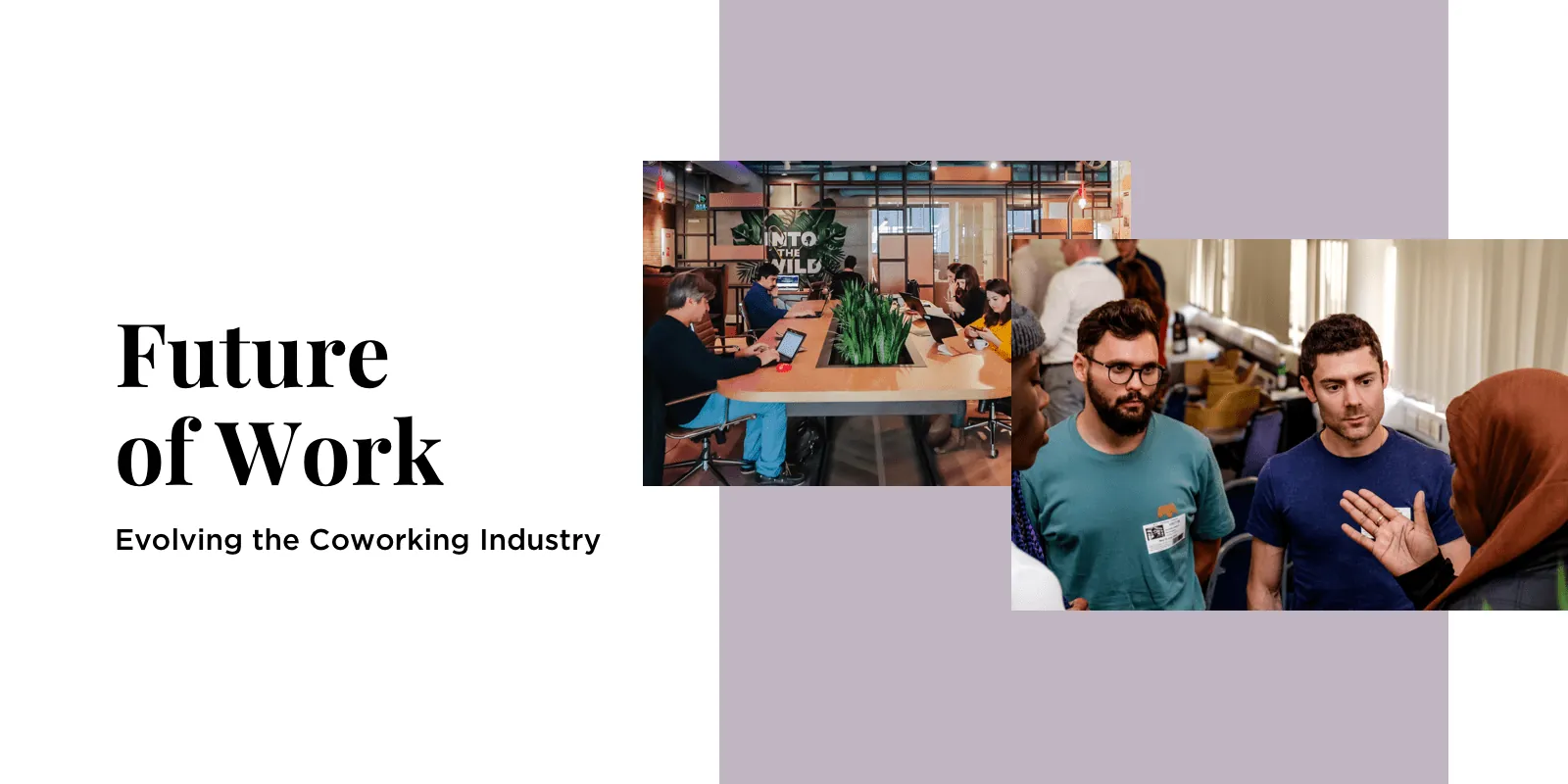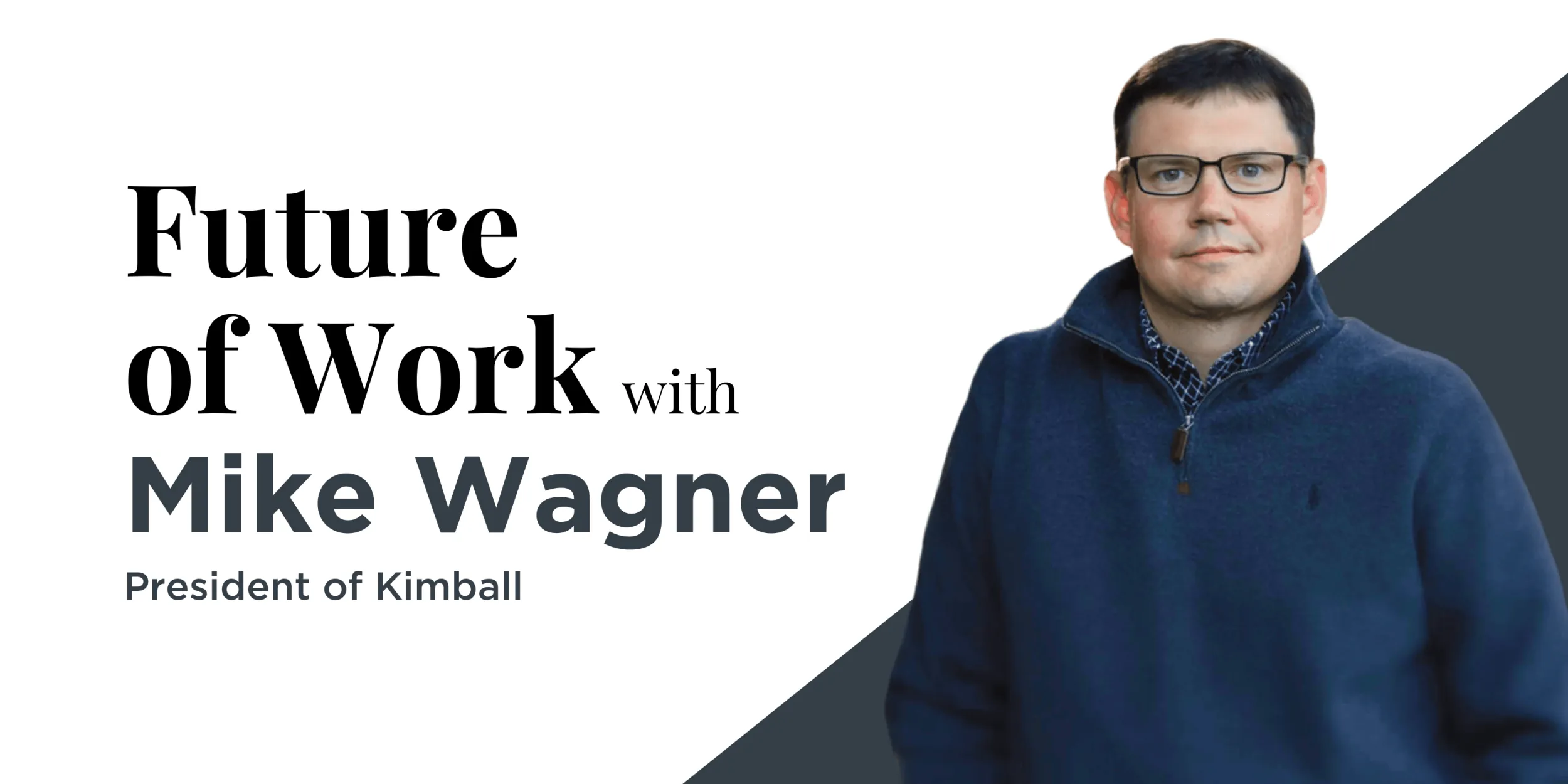
This week we had a chance to speak with Mike Wagner, one of the thought leaders behind the partnership between Kimball and Optix.
This conversation highlighted some of Mike’s views of the major shifts in the commercial real estate and office furniture industry, Kimball’s strategy in adapting to these shifts, and what to expect from the partnership.
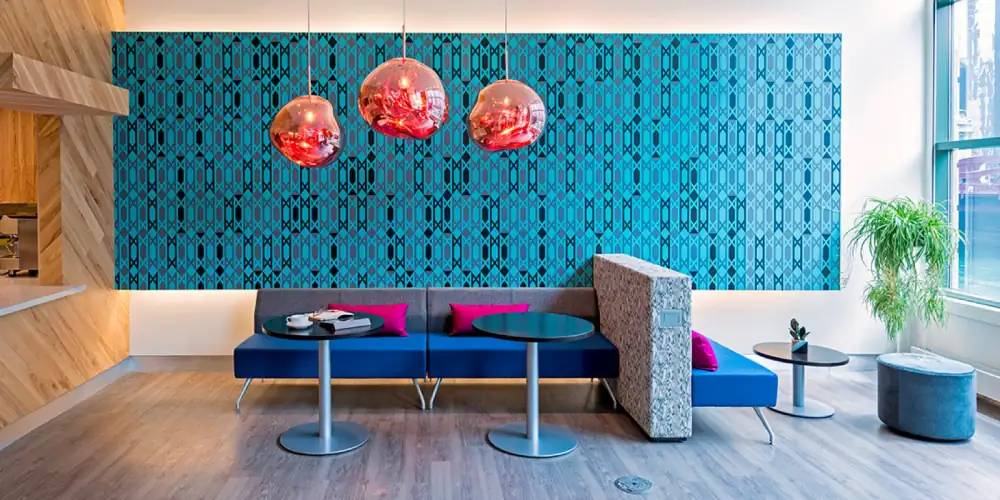
What do you see as the major shifts happening in the commercial real estate and office furniture industries?
Mike began by sharing the ways in which the commercial real estate industry is rapidly evolving. “The real estate industry is on the cusp of massive transformation. New technologies like Blockchain, along with the US government’s re-categorizing of lease cost as a capital investment, are going to drive huge implications to how people buy, sell and trade real estate,” says Mike. He believes this in turn will lead companies to desire shorter, more flexible real estate opportunities, while owners are going to want longer leases. Fundamentally, a new system must be designed to handle this dissonance.
These cravings for flexibility are also occurring within the interior space industry, suggesting this need for an updated system to handle the new pace of change might be felt in other industries as well.
“In the office space or the interior space industry, particularly in corporate, education and health care, it’s all about agility – how do you future proof? In the end, it’s about putting platforms in place that can move at the speed of the world around it.”Mike Wagner
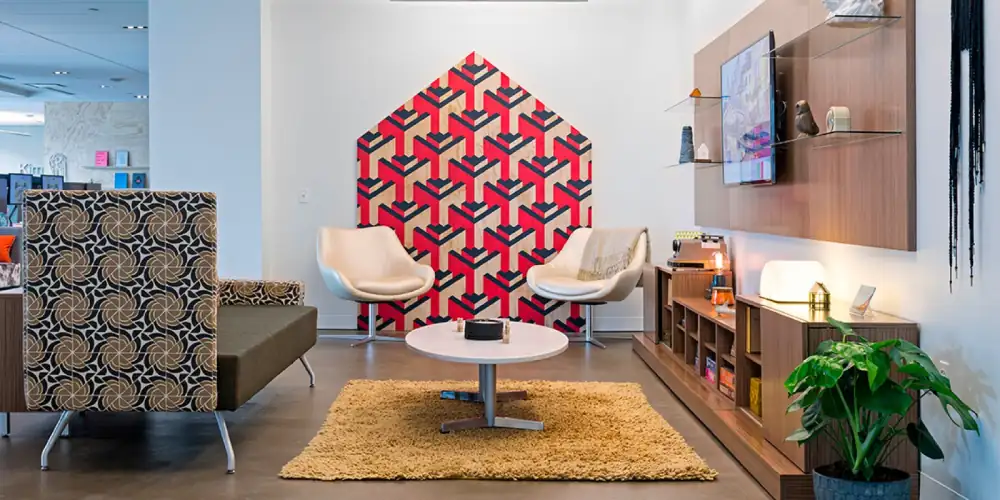
Mike focused in on ‘agility’ and shared that it is on the top of the list for CEOs, or top of the pyramid in “Maslow’s hierarchy of organizational values.” He believes agility drives the change. This means that companies looking to reduce fixed cost are in turn looking for space that “can mold by purpose in every possible way and be tied down with less obligation.”
How has Kimball evolved from selling office furniture to now providing clients with smart office solutions?
As a self-proclaimed “student of anything that is going to evolve or change our [Kimball’s] future,” Mike is particularly interested in the intersections of technology and real estate strategy.
“I try to connect myself with the thought leaders that are in the area that impact Kimball. We have conversations on a regular basis and it’s becoming pretty clear that the physical workspace is going to be mimicked by the digital workplace and you’re going to need new systems that are ubiquitous so that you can go in and out of physical and digital space much more effectively than you can in just digital space.”Mike Wagner
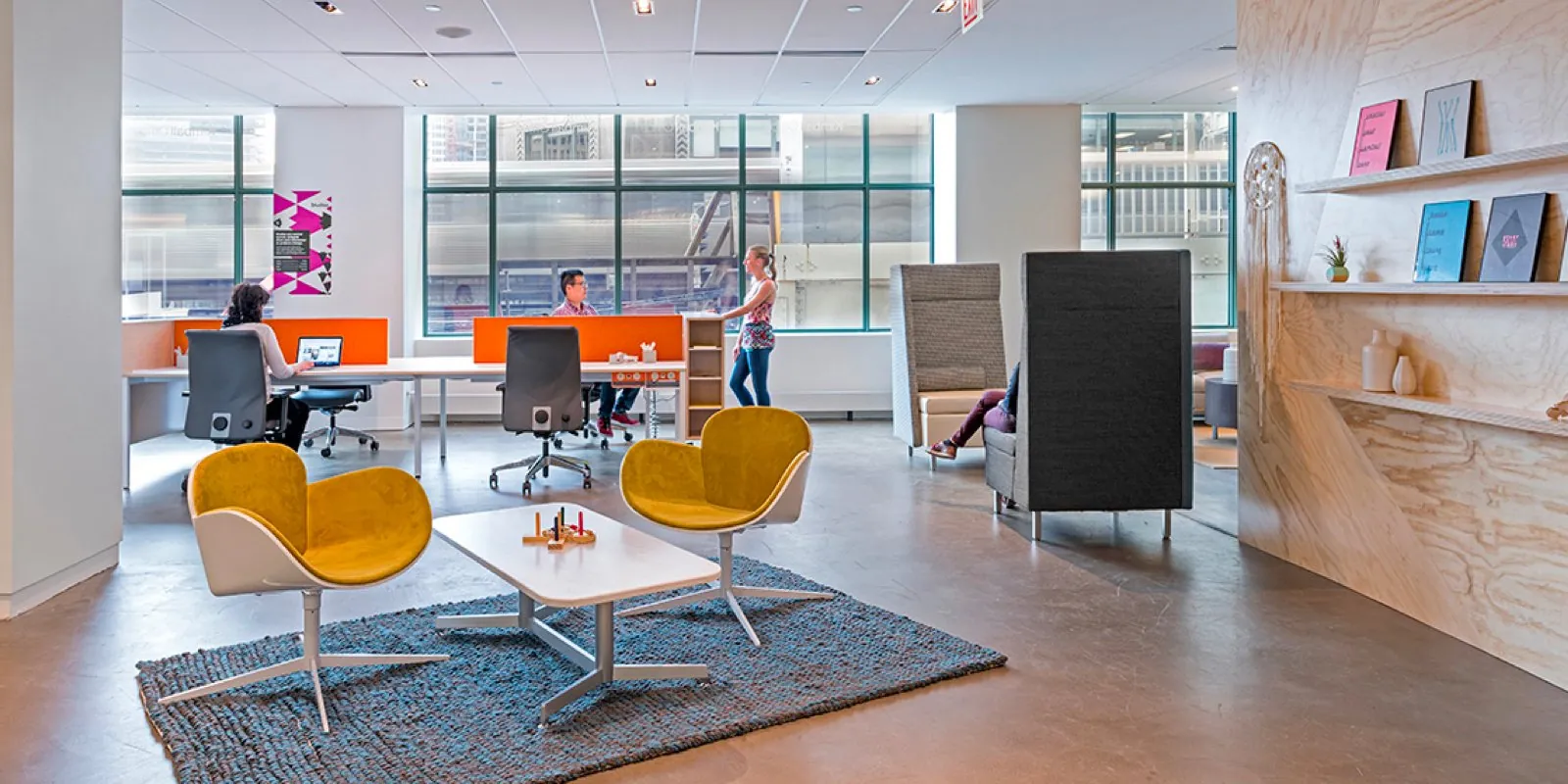
He explained Kimball’s shift in thinking as moving from ‘interior solutions for employees’ into ‘interiors that serve the people,‘ or a shift away from the spaces themselves and onto the people occupying the spaces.
“When you start thinking about interiors in terms of service, it really starts to bring in all of the other things that need to interconnect and of course productive workplace technology is of course central to it. Some examples of “shifts” include having unassigned workspace and moving towards more of an activity-based plan, shared desks and workspaces, and space dedicated to activity zones.”Mike Wagner
While these updated spaces better serve the needs of the people working in them, the shift away from traditional offices makes managing the effectiveness of a space (and calculating asset utilization) exponentially more difficult. This is the key pain point the smart office concept by Kimball and Optix seeks to address.
“A lot of companies that we compete with talk about this intersection of design and technology, but it’s really a fusion between design and technology – we’re seeing a digital workspace emersion into the physical workspace. The new barrier to entry is around the smart interiors, and those that can get plugged into the smartest ecosystems and tie that into an agile real estate strategy are going to win.”Mike Wagner
What is your vision for the Future of Work?
Mike explained that companies will hold on to what’s critical to their core and competitive advantage, but there will be major shifts in the way that the teams within companies hire and get work done. “You’re going to see a huge shift towards contracting services and the flexibility that is going to be needed to be able to swell and contract based on who’s actually looking to work inside your space is going to grow drastically,” says Mike. “The Future of Work as far as I can see is that it blends with life, it’s not going to slow down and the only way compete is to get connected to the right tools and the right people.”


